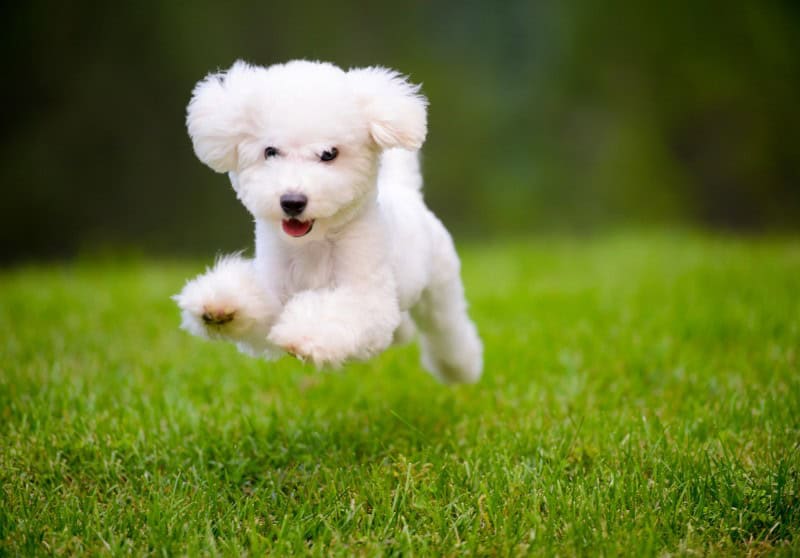Preparations for a New Pet: What’s the Secret to Backyard Pet Safety?

As long as it’s fully fenced, any old backyard is safe for pets, right? Well, a fence is definitely high on the list, but it’s not the only thing necessary to create and foster backyard pet safety. Indeed, there’s a hefty amount of required “pet proofing” in and around the entire backyard. Without this important step, you could be exposing your newly adopted pet to serious illness, injury, or accidental escape and separation.
Safe Haven
There are millions of pets that do not rely on backyards in which to conduct their “business”, but it sure does come in handy to have a dedicated place they can claim. While other pets employ litter boxes or depend on their owners’ willingness to walk them whenever they have to go, pets with their own attached yards enjoy a certain kind of convenience and even independence.
Not If It’s Unsafe
Of course, the degree to which they enjoy their backyards is directly linked to how safe it is for them. Some pets only go outside to fulfill bathroom needs, others absolutely rely on the sounds, smells, and sights of the great outdoors as major components to overall health and vitality.
Set the Perimeter
Cats and dogs alike have strong drives to stake out and defend their territories. The backyard is their own place to howl at the moon, bark at the squirrels, and ward off wandering strays. Because of this, the installation of secure fencing and gate is one of the most important aspects of backyard pet safety. This not only keeps your precious pet where they belong, but inhibits other animals from encroaching on your pet’s territory.
OK to Graze
A landscaped yard is preferable for people and pets alike, but garden beds should not contain plants known to cause poisoning. Lilies, oleanders, azalea, tulips, and many more plants, flowers, and shrubs have no place in a pet haven. Check out the ASPCA’s list of toxic and non-toxic plants.
What About Water?
If your backyard has a pool, hot tub, pond, waterfall, or other water feature, please consider fencing it off so that your pet cannot access it. Alarms can be set to alert you if your pet enters the area or falls in the water. Teach your pet to swim, and be sure that they know (and can demonstrate) how to safely exit the water. Be sure that any water chemicals are safely stored.
Speaking of Chemicals…
Backyard areas can benefit from the application of various products like fertilizers or pesticides, but as these products can be highly toxic to pets, it’s best to only use them when your pet is indoors or off the property. Again, proper storage of yard and garden products, such as cocoa mulch, insecticides, and rodenticides, is critical to backyard pet safety.
Attainable Backyard Pet Safety
Even pets that don’t enjoy significant amounts of time in their own backyards benefit from year-round parasite prevention. For the pets that spend large portions of their days outside, it remains imperative to their long-term health and wellness.
Please let us know if you have any questions or concerns about backyard pet safety. Our veterinarians and staff members are always here for your pet!

